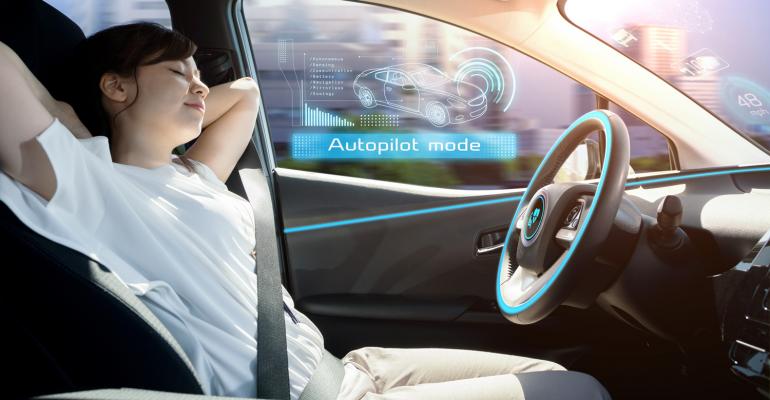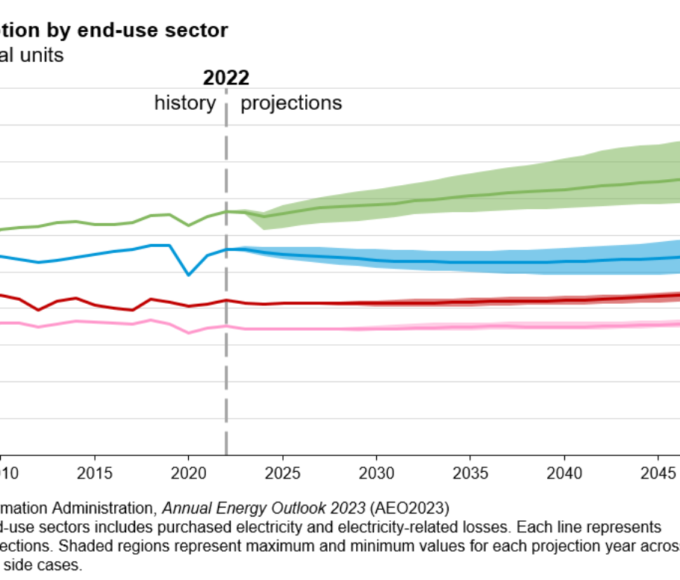The fate of self-driving technology in the USA is an intriguing topic that has generated a lot of speculation and anticipation among experts and the general public alike. In this document, we will delve into the current state of self-driving technology in the USA, examine its potential future, and discuss the challenges and opportunities that lie ahead.
The USA has been at the forefront of self-driving technology development for several years. Companies like Tesla, Google, Uber, and Waymo have made significant strides in this field, introducing autonomous vehicles (AVs) to the roads and testing their capabilities extensively. The potential benefits of self-driving technology are vast, including increased road safety, reduced traffic congestion, improved energy efficiency, and enhanced mobility options for individuals with disabilities or limited access to transportation. However, the fate of self-driving technology in the USA is not without its challenges. One of the biggest hurdles is ensuring the safety of self-driving vehicles. While AVs have the potential to greatly reduce traffic accidents caused by human error, recent high-profile accidents involving self-driving cars have raised concerns about their reliability and the need for stricter safety regulations and standards.
Another obstacle in the path of self-driving technology is public acceptance. Despite the benefits, many people remain apprehensive about the idea of relinquishing control to a machine. This skepticism, combined with widespread misconceptions about AVs’ capabilities and potential drawbacks, may slow down the adoption of self-driving technology in the USA. Regulatory and legal frameworks also pose significant challenges. The absence of uniform regulations across states complicates the deployment and testing of self-driving vehicles. Additionally, liability issues in the event of accidents involving autonomous vehicles need to be carefully addressed and clarified. However, despite these challenges, self-driving technology in the USA is far from doomed. The federal government has recognized the potential of AVs and has created initiatives to support their development and deployment. The National Highway Traffic Safety Administration (NHTSA) has issued guidelines and provided research grants to promote the safe implementation of self-driving technology.
Moreover, several states, including California, Arizona, and Michigan, have embraced self-driving technology and enacted regulations to attract companies and encourage testing. This regulatory environment, coupled with advancements in artificial intelligence, sensors, and connectivity, points to a promising future for self-driving technology in the USA.
The fate of self-driving technology in the USA is inextricably linked to overcoming the challenges it currently faces. Safety, public acceptance, and regulatory issues must be carefully addressed to ensure the successful integration of self-driving vehicles into society. Nonetheless, with ongoing advancements, government support, and increasing public awareness, the future of self-driving technology in the USA seems bright. It is only a matter of time before self-driving vehicles become a common sight on American roads, revolutionizing transportation as we know it. One of the key reasons why the USA has been able to take the lead in self-driving technology is its strong foundation in research and development. American universities and research institutions have been pioneers in the field of artificial intelligence and robotics, providing the necessary expertise and knowledge needed to push the boundaries of self-driving technology.
Furthermore, the USA has a robust infrastructure that is conducive to the development and deployment of self-driving vehicles. The country has an extensive network of well-maintained roads and highways, advanced communication systems, and a supportive legal framework that allows for the testing and operation of autonomous vehicles.
In recent years, several states in the USA have actively encouraged the testing and deployment of self-driving vehicles on their roadways. States like California, Arizona, and Michigan have implemented regulations that allow for the operation of autonomous vehicles on public roads, providing an ideal environment for companies to test and refine their self-driving systems. The USA also has a strong entrepreneurial culture and a vibrant startup ecosystem. This has allowed for the emergence of numerous self-driving technology startups, which have received significant investments and support from venture capitalists and industry giants. These startups are driving innovation and competition in the self-driving technology space, further solidifying the USA’s position as a leader in the field.
However, it is important to note that self-driving technology still faces significant challenges that need to be addressed. Safety is a paramount concern, as any accidents involving self-driving vehicles could erode public trust in the technology. Additionally, the regulatory landscape is still evolving, and it’s crucial to strike a balance between safety and innovation. Looking to the future, the USA is poised to continue leading the way in self-driving technology. The advancements in artificial intelligence, machine learning, and sensor technologies will further enhance the capabilities of autonomous vehicles, making them safer and more efficient. As the technology matures, self-driving vehicles have the potential to revolutionize transportation systems, improving road safety, reducing traffic congestion, and enhancing accessibility. USA has been at the forefront of self-driving technology thanks to its strong research and development capabilities, robust infrastructure, supportive regulatory environment, and entrepreneurial culture. While challenges exist, the USA’s position as a leader is likely to continue in the future as advancements push the boundaries of what self-driving vehicles can achieve.
The development for several years. Companies like Tesla, Google, Uber, and Waymo have made significant strides in this field, introducing autonomous vehicles (AVs) to the roads and testing their capabilities extensively. The potential benefits of self-driving technology are vast, including increased road safety, reduced traffic congestion, improved energy efficiency, and enhanced mobility options for individuals with disabilities or limited access to transportation. However, the fate of self-driving technology in the USA is not without its challenges. One of the biggest hurdles is ensuring the safety of self-driving vehicles. While AVs have the potential to greatly reduce traffic accidents caused by human error, recent high-profile accidents involving self-driving cars have raised concerns about their reliability and the need for stricter safety regulations and standards.
Another obstacle in the path of self-driving technology is public acceptance. Despite the benefits, many people remain apprehensive about the idea of relinquishing control to a machine. This skepticism, combined with widespread misconceptions about AVs’ capabilities and potential drawbacks, may slow down the adoption of self-driving technology in the USA.
Regulatory and legal frameworks also pose significant challenges. The absence of uniform regulations across states complicates the deployment and testing of self-driving vehicles. Additionally, liability issues in the event of accidents involving autonomous vehicles need to be carefully addressed and clarified. However, despite these challenges, self-driving technology in the USA is far from doomed. The federal government has recognized the potential of AVs and has created initiatives to support their development and deployment. The National Highway Traffic Safety Administration (NHTSA) has issued guidelines and provided research grants to promote the safe implementation of self-driving technology.
Moreover, several states, including California, Arizona, and Michigan, have embraced self-driving technology and enacted regulations to attract companies and encourage testing. This regulatory environment, coupled with advancements in artificial intelligence, sensors, and connectivity, points to a promising future for self-driving technology in the USA.
The fate of self-driving technology in the USA is inextricably linked to overcoming the challenges it currently faces. Safety, public acceptance, and regulatory issues must be carefully addressed to ensure the successful integration of self-driving vehicles into society. Nonetheless, with ongoing advancements, government support, and increasing public awareness, the future of self-driving technology in the USA seems bright. It is only a matter of time before self-driving vehicles become a common sight on American roads, revolutionizing transportation as we know it.

















Leave a comment